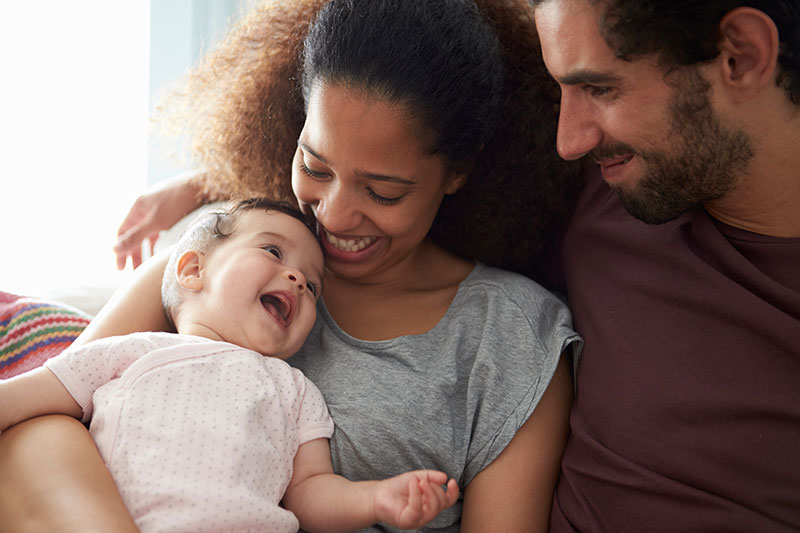Hearing loss has been found to be the most common condition in newborn children, more common than any other condition for which newborns are screened. Approximately six out of every thousand children have serious or profound hearing loss. But many of those who have normal hearing at birth can develop hearing loss later on.
Before your baby leaves the hospital for the first time, many Canadian provinces automatically screen newborns for hearing loss, but there are ways to discover if your child suffers from a hearing impairment if they don’t.
Infants should turn their heads toward a source of sound by the time they are four months old. By the time they’re a year old, they should be speaking single words. After a year, they should continue babbling until they have a full repertoire of speech. If they stop babbling, or if they never react to loud noises like a doorbell or a dog barking, that can be a sign of hearing loss. Frequent ear infections and fluid draining from the ears can also be a sign of hearing loss.
As your child grows, the evidence of hearing loss becomes more apparent. For instance, if he or she begins speaking later than usual or doesn’t understand simple words as a toddler. The inability to follow simple instructions can also be a sign. At this young age, the signs of hearing loss can be easily confused with other developmental disabilities or even simple, old-fashioned, childish stubbornness.
As he or she grows older, though, learning difficulties, or a hard time socializing in general, may be signs of hearing loss. Hearing loss has, in many ways, been stigmatized for many years, so many children may hide it.
The single best way to tell if your child has hearing loss is to pay attention to how he or she is reacting to what you’re saying, not just from one day to the next, but from one week, month and year to the next.


